Multiple Choice
Identify the
choice that best completes the statement or answers the question.
|
|
|
1.
|
What would A’ and B’ ordered pairs be if there
was a translation of 12 units to the right and 8 units down. 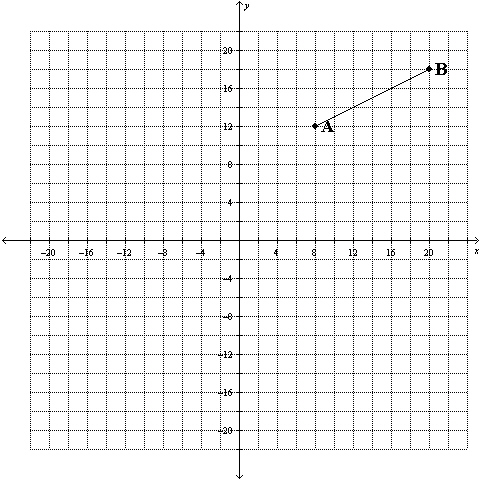 a. | A’(20, 20) B’(32, 26) | c. | A’(–4, 4)
B’ (8, 4) | b. | A’(–4, 20) B’ (8, 20) | d. | A’(20, 4) B’(32,
10) |
|
|
|
2.
|
What would A’ and B’ ordered pairs be if there
was a translation of 14 units to the left and 6 units down. 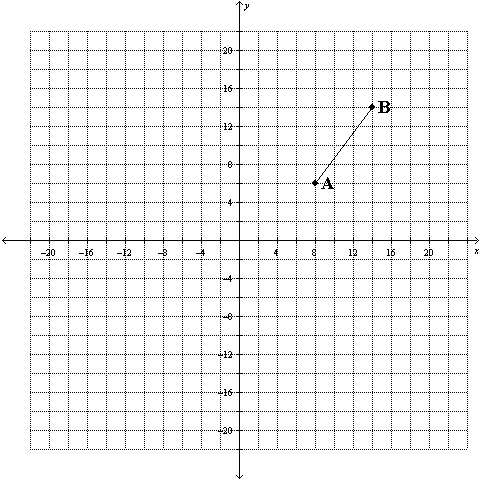 a. | A’(22, 0) B’ (28, 0) | c. | A’(–6, 12)
B’(0, 20) | b. | A’(22, 12) B’ (28, 12) | d. | A’(–6, 0) B’(0,
8) |
|
|
|
3.
|
What would A’ and B’ ordered pairs be if there
was a translation of 18 units to the right and 12 units down. 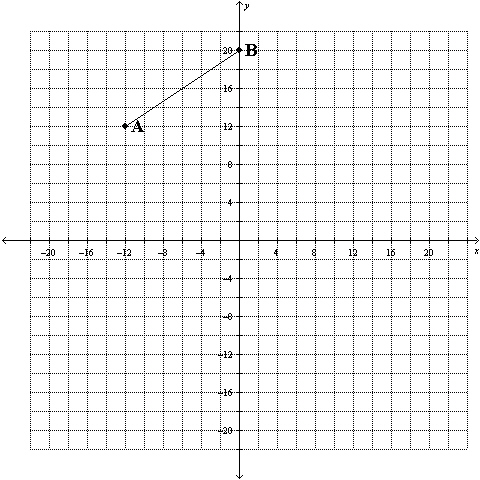 a. | A’(–30, 0) B’ (–18, 0) | c. | A’(6, 24) B’(18,
32) | b. | A’(6, 0) B’(18, 8) | d. | A’(–30, 24) B’
(–18, 24) |
|
|
|
4.
|
What would A’ and B’ ordered pairs be if there
was a translation of 12 units to the right and 8 units down. 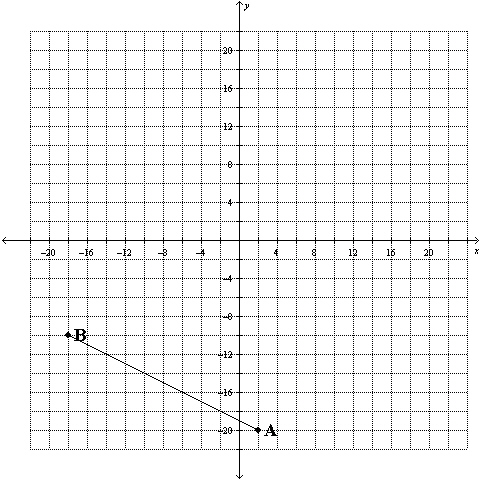 a. | A’(–10, –28) B’ (–30, –28) | c. | A’(14,
–28) B’(–6, –18) | b. | A’(–10, –12) B’
(–30, –12) | d. | A’(14, –12) B’(–6,
–2) |
|
|
|
5.
|
What would A’ and B’ ordered pairs be if there
was a translation of 18 units to the right and 10 units down.  a. | A’(20, –6) B’(24, 0) | c. | A’(–16, –6)
B’ (–12, –6) | b. | A’(–16, 14) B’
(–12, 14) | d. | A’(20, 14) B’(24, 20) |
|
|
|
6.
|
What would A’ and B’ ordered pairs be if there
was a translation of 10 units to the left and 6 units down. 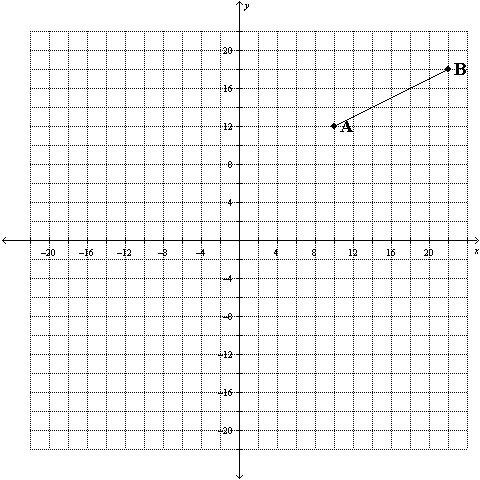 a. | A’(20, 18) B’ (32, 18) | c. | A’(0, 18) B’(12,
24) | b. | A’(0, 6) B’(12, 12) | d. | A’(20, 6) B’ (32,
6) |
|
|
|
7.
|
What would A’ and B’ ordered pairs be if there
was a translation of 8 units to the right and 10 units down. 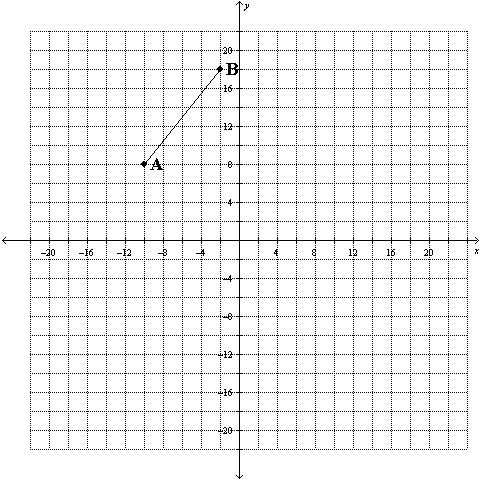 a. | A’(–18, –2) B’ (–10, –2) | c. | A’(–18,
18) B’ (–10, 18) | b. | A’(–2, 18) B’(6,
28) | d. | A’(–2,
–2) B’(6, 8) |
|
|
|
8.
|
What would A’ and B’ ordered pairs be if there
was a translation of 10 units to the right and 12 units down.  a. | A’(2, –6) B’ (–16, –6) | c. | A’(22,
–30) B’(4, –24) | b. | A’(22, –6) B’(4,
0) | d. | A’(2,
–30) B’ (–16, –30) |
|
|
|
9.
|
What would A’ and B’ ordered pairs be if there
was a translation of 18 units to the right and 6 units down.  a. | A’(24, –14) B’(4, –6) | c. | A’(–12,
–26) B’ (–32, –26) | b. | A’(24, –26) B’(4,
–18) | d. | A’(–12, –14) B’ (–32,
–14) |
|
|
|
10.
|
What would A’ and B’ ordered pairs be if there
was a translation of 16 units to the right and 10 units down. 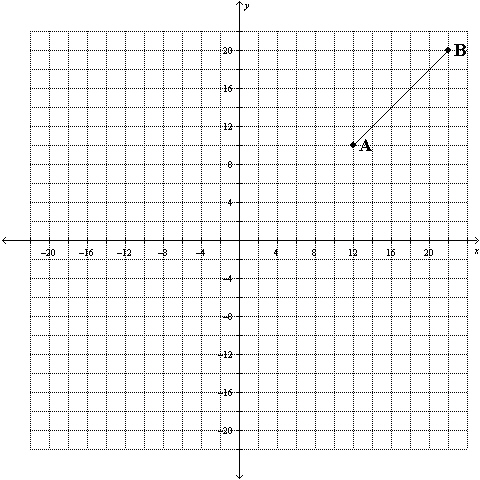 a. | A’(28, 20) B’(38, 30) | c. | A’(–4, 20)
B’ (6, 20) | b. | A’(28, 0) B’(38, 10) | d. | A’(–4, 0) B’ (6,
0) |
|